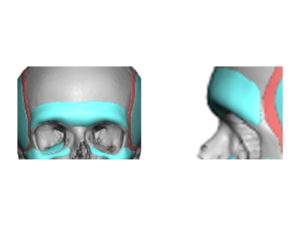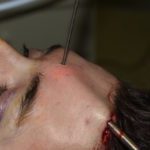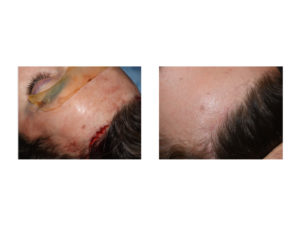Brow bone augmentation can be done using a variety of techniques and materials. The most common approach has been an open scalp or hairline incision using bone cements to do the buildup of the brow bones. While effective it does necessitate a long incision that is fairly distant from the implantation site and the final shape of the result depends on the surgeon’s artistic shaping skill during surgery.
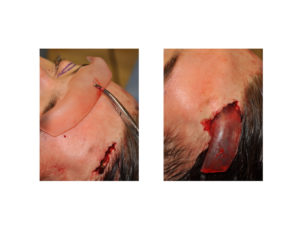
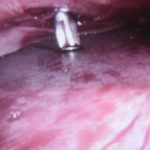
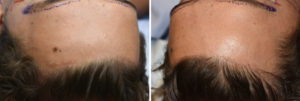
Dr. Barry Eppley
Indianapolis, Indiana



